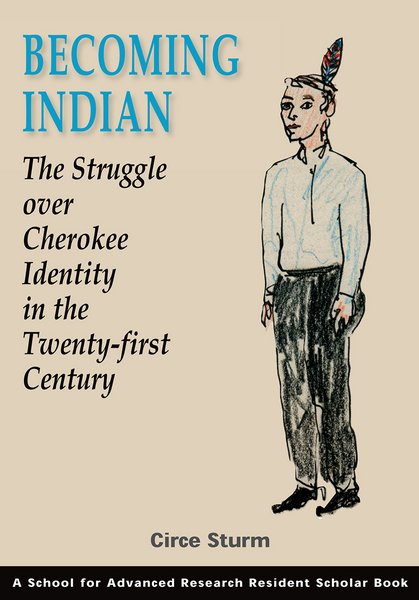How Race Survived US History: From Settlement and Slavery to the Obama PhenomenonPosted in Books, History, Media Archive, Monographs, Slavery, United States on 2011-09-22 01:49Z by Steven |
How Race Survived US History: From Settlement and Slavery to the Obama Phenomenon
Verso Books
October 2008
Hardback, 240 pages
Paperback, 272 pages
Hardback ISBN: 9781844672752
Paperback ISBN: 9781844674343
David R. Roediger, Foundation Distinguished Professor of American Studies and History
University of Kansas
An absorbing chronicle of the role of race in US history, by the foremost historian of race and labor.
In this absorbing chronicle of the role of race in US history, David R. Roediger explores how the idea of race was created and recreated from the 1600’s to the present day. From the late seventeenth century—the era in which DuBois located the emergence of “whiteness”—through the American revolution and the emancipatory Civil War, to the civil rights movement and the emergence of the American empire, How Race Survived US History reveals how race did far more than persist as an exception in a progressive national history. Roediger examines how race intersected all that was dynamic and progressive in US history, from democracy and economic development to migration and globalization.
Exploring the evidence that the USA will become a majority “non-white” nation in the next fifty years, this masterful account shows how race remains at the heart of American life in the twenty-first century.







